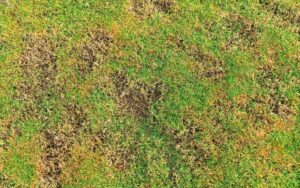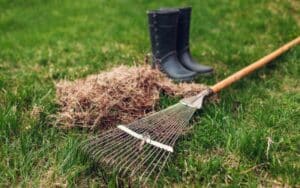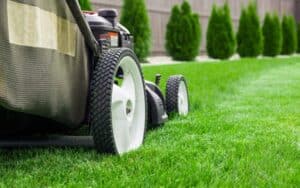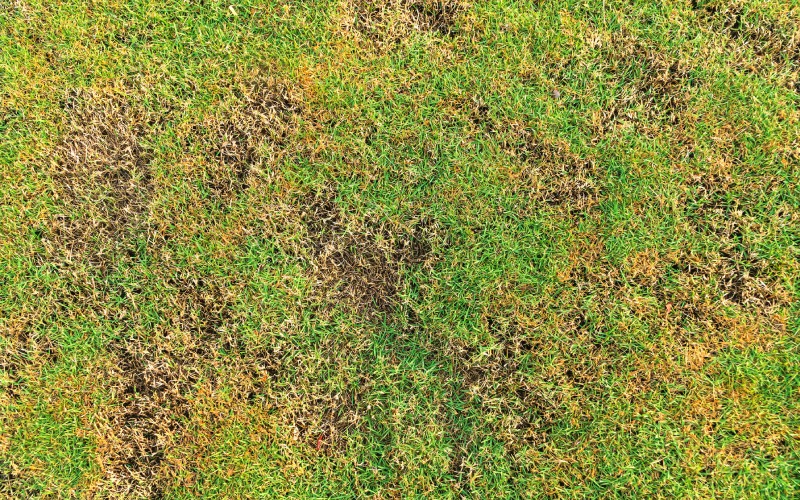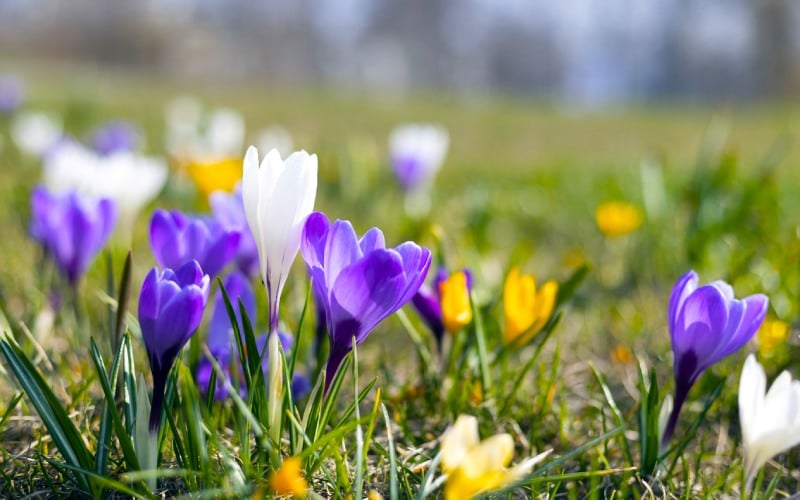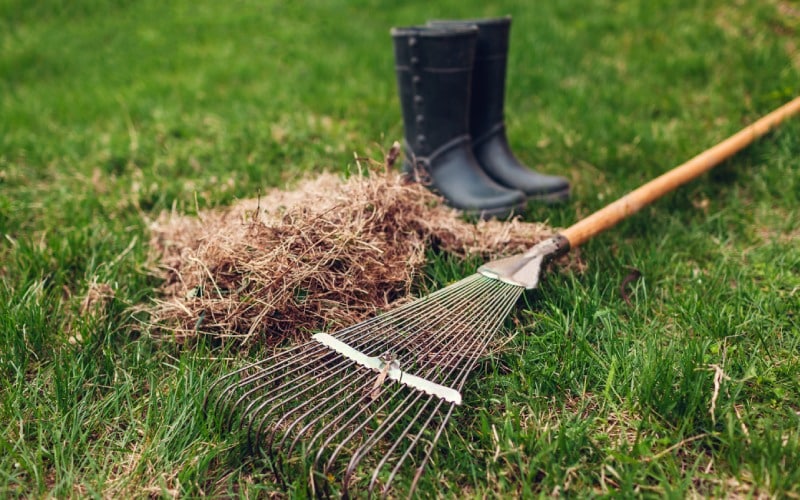When the fall season starts to come around, many people start to neglect their yards, as the grass and plants start to slow down their growth. It’s easy to be complacent, thinking that your greenery is starting to go dormant or die off anyways, so it is not worth putting in much effort any more.
Why Bother With a Fall Yard Cleanup?
However, it is still important to care for your yard, to set it up for next spring. If you don’t continue to maintain it, your soil can start to lose nutrients, and your lawn and plants can start to get weak and vulnerable to disease. This starts to make it easier for weeds to flourish, and your property is at more risk of mould and rot damage.
On the other hand, a good fall cleanup and winterizing your lawns, trees, and garden keeps them healthy so they flourish faster in the spring. Cleaning up leaves and garbage takes away the perfect environment for mould and mildew. This is especially important for reducing snow mould.
Preparing your lawn helps develop healthy root systems to encourage root growth in the spring, and soil erosion from spring runoff is minimized.
Your outdoor space will also simply look better and tidier; just because winter is coming doesn’t mean you won’t be using your yard and don’t want to still take pride in your property. You will be glad you made the effort, too, when you have an easier spring clean when the snow melts.
Clean Up Checklist
So what are the crucial tasks you need to do each fall?
Fall Cleanup of Yard Debris and Dead Plants
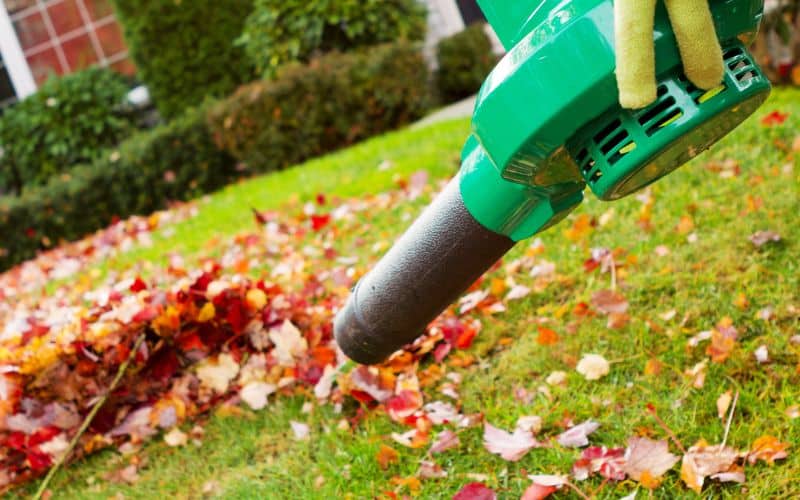
Cleaning up branches, dead leaves, and other debris means you’ll have less to deal with in early spring. Don’t forget any pet waste, so you don’t have to deal with that in the spring.
Clean up fallen tree leaves in your yard more easily with a tarp. Rake everything onto it for easier removal for disposal or composting. Try raking into rows instead of piles to make everything more manageable.
While you don’t want to leave a blanket of leaves to encourage mould growth, if mulched, they can be used as fertilizer. Before the snow flies, use a mulching mower to break them down so they can decompose easily into a natural fertilizer. Leaves, grass clippings, and other yard waste makes great compost material for more vibrant, green grass and flourishing gardens in the spring.
Lawn Care
Autumn grass starts to slow down its growth until it stops in late fall or early winter, but it still needs care. Keep watering as long as there is growth, and continue mowing.
Final Mow
After temperatures have dropped, and growth has completely or nearly stopped, it is time for the final mow. Set the lawn mower blades by a half inch for this last mow or two. It’s important to not cut too short or too long. At the right height, sunlight can reach your grass to feed it. Overcutting can cause the grass to starve over the winter, by impacting the grass roots as this is proportional to the blade height. Cut too short, the lawn’s ability to cope with freezing temperatures is reduced. Overlong grass is prone to mould, rot and thatching.
Mulching
Continuing to mow also breaks down any remaining leaves and grass clippings into nutrient-rich mulch. A mulching mower is ideal for generating this organic mulch.
Aerating
Be sure to aerate your lawn as part of your fall yard cleanup, to dethatch and reduce soil compaction. Having excess thatch prevents essential water and air from reaching the roots. Doing this in the fall saves you from needing to do it in the spring; in addition fall is an optimal time, since this is a period of root system development. You can help increase root growth and increase the soil-to-seed contact.
Lawn Fertilizer
After this, spreading grass seed, watering, and light fertilization is ideal to help you have a green lawn in the spring. It’s important not to over-fertilize, and less fertilizer is needed since growth has slowed, but a little will gradually restore the soil, so everything is ready to flourish in the spring.
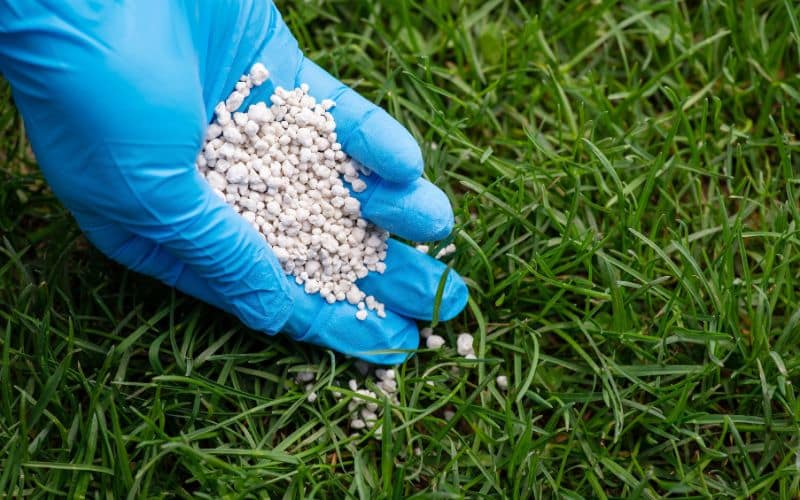
Weed Control
Continuing to stay on top of weeds is critical to give grass seed an advantage in the spring. Pull them up so you don’t have established weeds ready to choke out your grass and garden plants and seedlings in the spring. Be sure to pull out the roots entirely, and avoid scattering weed seeds.
Garden Beds
Don’t forget garden maintenance to winterize your flower and vegetable garden areas.
Pull any weeds and remove dead plant matter, annuals, vegetable plants, and other garbage from your planting beds. This helps prevent pests and diseases from establishing in the winter, as well as mould and rot. This is a good time to plant bulbs, too, or divide plants that flourished; check to see which ones should be divided or planted in the fall as some do better planted in the spring. Water perennials, shrubs, and trees well to winterize them.
Mulch perennials and shrubs to protect the roots from the harsh cold weather. You can use your fallen leaves, or buy some. Make sure that the layer isn’t so thick and heavy that it prevents air from getting through, or it traps moisture underneath to create a haven for mould. For more sensitive plants, wrapping them in cloth or plastic barriers may be needed.
Pruning and Perennial Care
Prune any perennials that can be trimmed in the fall, and cut off dead branches from bushes, trees, and shrubs to prevent dead limbs from falling under the weight of winter snow.
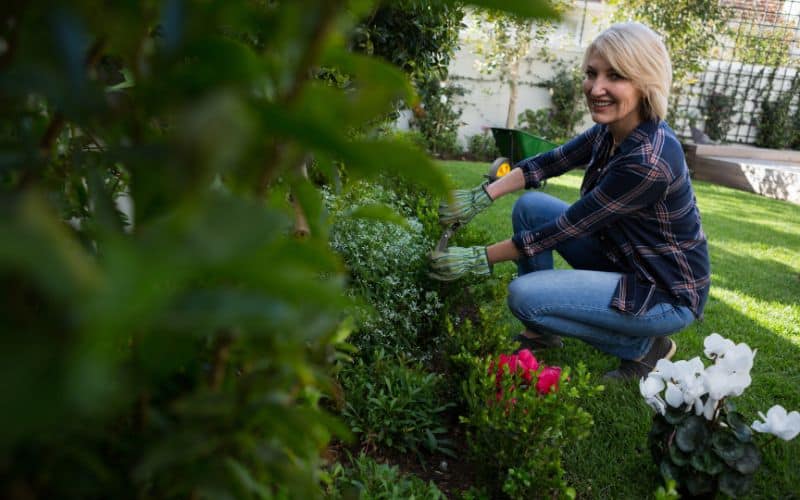
Fresh mulch will protect the roots of your perennials from the harsh cold of winter, and gradually release nutrients into the soil to support them.
Gutter Cleaning
Blocked rain gutters can create flooded areas that drown lawns. A gutter scoop from a hardware or garden store can help, or you can use other home and garden tools you have on hand. A tarp underneath makes this job easier. Afterwards, washing the gutters with a garden hose will clear out any remaining debris and indicate if there are any leaks.
Drain Hoses and Water Features
Drain all gardening tools or equipment that use water, as well as fountains and water features; if these aren’t dried out properly, they can get damaged. An air compressor can help.
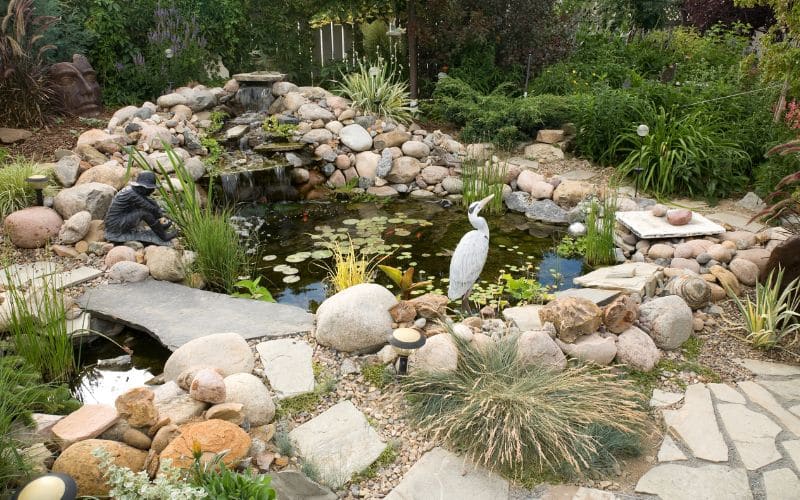
Getting your lawn and garden ready for winter and the following spring is hard work, but doing a good cleaning and proper maintenance pays off the next year. At Riverwood Landscape, we do professional fall cleanups to maximize these benefits, with expert care of your outdoor spaces.







